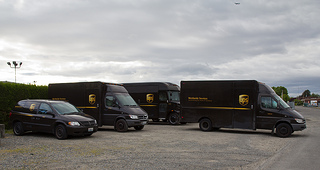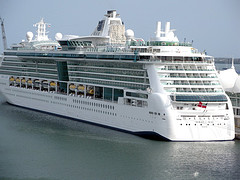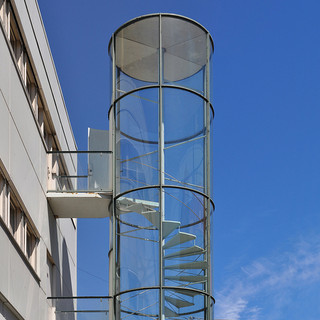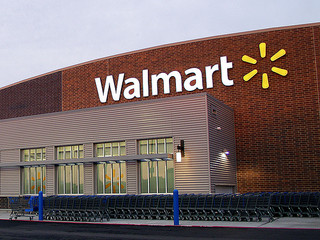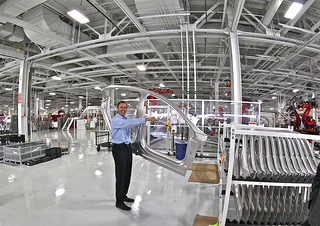Delivery Companies Take Heat for Late Christmas Packages, But Aren’t the Only Ones to Blame

UPS, and to a smaller degree FedEx, have fallen under fire by both consumers and retailers for failing to meet Christmas delivery deadlines. However, they were in fact victims of a perfect storm of problems that made on time deliveries impossible. According to industry sources, retailers and the weather conditions contributed to other problems, such as the lack of enough cargo planes, to prevent many Christmas packages from arriving on time.
This article is for Premium Members only. Please login below to read the rest of this article.
Not a Premium Member yet? Become one today.
[login_form redirect=’https://www.procurementbulletin.com/delivery-companies-take-heat-for-late-christmas-packages-but-arent-the-only-ones-to-blame’]
[show_to accesslevel=’Premium Members’]
UPS went into this holiday season expecting about an eight percent increase in e-commerce orders over the previous year. Instead, e-commerce rose an astounding 37 percent for the 2013 season, and orders placed on Monday, December 23 were up by 63 percent over 2012. Retailers were struggling to fulfill their orders on time, which meant packages were not handed over to UPS and FedEx in time to ship by less expensive ground routes. This forced many shipments to be carried by air, and there simply weren’t enough aircraft to meet the rise in demand.
UPS added an extra 23 charter aircraft to their fleet for the season, on top of their 237 company owned aircrafts and the usual 293 charter aircrafts they normally press into service on a daily basis. Still, aircrafts were leaving the Louisville delivery hub on Christmas Eve loaded to capacity with thousands of packages still left to load. Planes returned for a second delivery run, but by then it was too late to make Christmas Eve delivery times.
Retailers like Toys ‘R Us and Dick’s Sporting Goods compounded the problem by offering Christmas Eve deliveries with orders placed as late as 11 p.m. on Monday, a full 24 hours later than last year. Amazon sent customer emails on December 22, promising Christmas Eve deliveries for orders placed that day.
These retailer and aircraft issues combined with a massive snow and ice event that affected large portions of the eastern and southern United States prevented on-time deliveries. UPS elected not to press workers into service on Christmas Day to make last-minute deliveries, as they had done in 2004. [/show_to]

